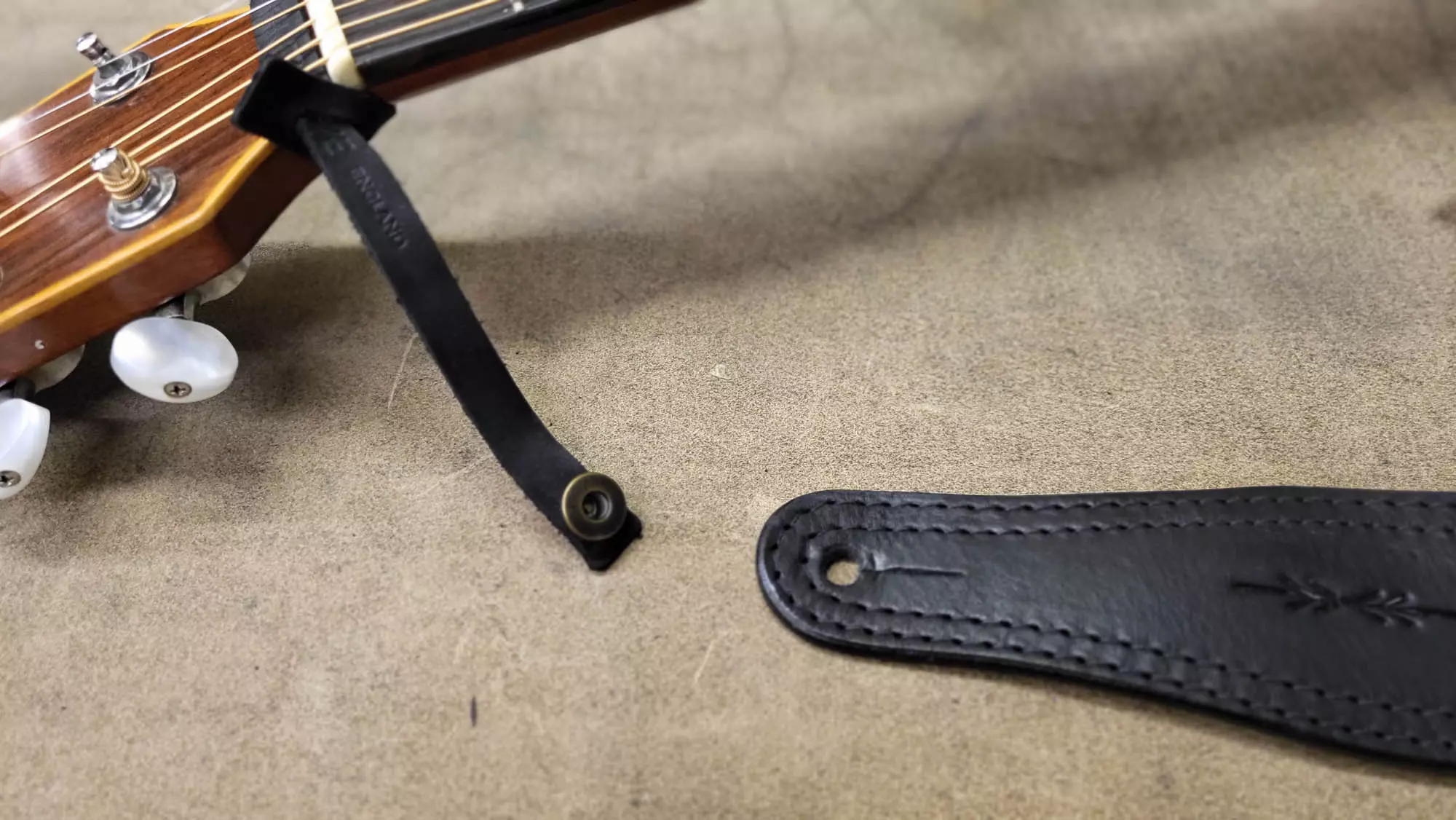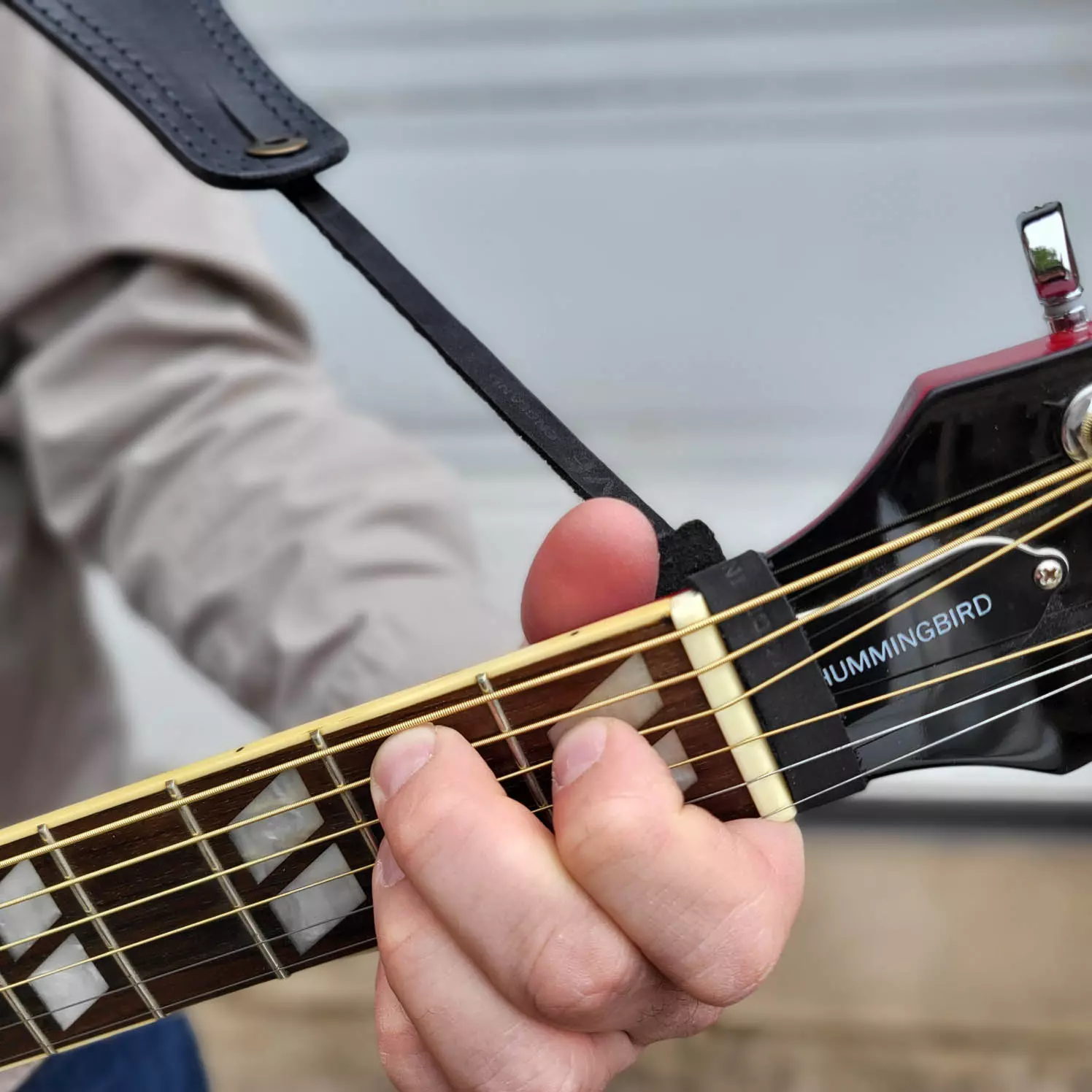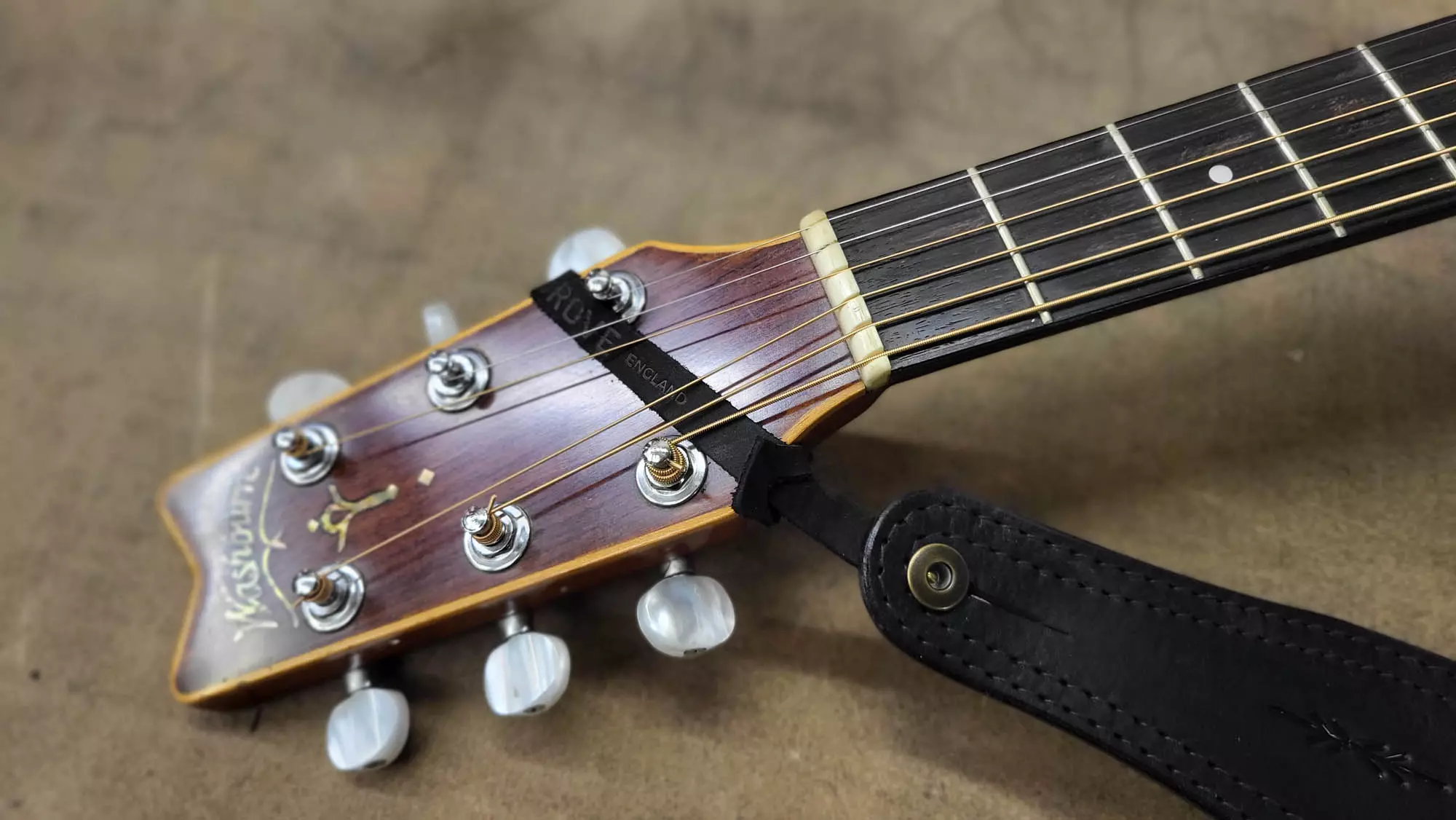Cookie Privacy Preferences
We utilize essential cookies to ensure our website operates effectively and remains secure. Additionally, we'd like to request your permission to use optional cookies. These are intended to enhance your browsing experience by offering personalized content, displaying advertisements that are relevant to you, and helping us to further refine our website.
Choose "Accept all cookies" to agree to the use of both essential and optional cookies. Alternatively, select "Let me see" to customize your preferences.
Privacy Preference Centre
Our website utilizes cookies to enhance your browsing experience and to present you with content tailored to your preferences on this device and browser. Below, you will find detailed information about the function of cookies, enabling you to make informed choices about which cookies you wish to accept. Please note that disabling certain cookies might impact your user experience on our site. It's important to remember that cookie preferences need to be set individually for each device and browser you use. Clearing your browser's cache may also remove your cookie settings. You have the freedom to modify your cookie preferences at any point in the future.
For a comprehensive understanding of our use of cookies, please refer to our complete cookies policy.
These cookies are needed for the website to work and for us to fulfil our contractual obligations. This means they can't be switched off. They enable essential functionality such as security, accessibility and live chat support. They also help us to detect and prevent fraud. You can set your browser to block or alert you about these cookies, but it means some parts of the site won't work.
These cookies allow us to measure and improve the performance of our site. They help us to know how popular pages are, and to see how visitors move around the site. If you don't allow these cookies, we won't know when you've visited our site, and we won't be able to monitor its performance.
These cookies enable us to provide enhanced functionality and personalisation. They may be set by us or by third party providers whose services we've added to our pages. If you don't allow these cookies, some or all of these services may not work properly.
These cookies collect information about your browsing habits to show you personalised adverts. They may be used to build a profile of your interests and show you relevant adverts on other sites. They don't store directly personal information, but are based on uniquely identifying your browser and internet device. If you don't allow these cookies, the adverts you see will be less relevant.
There are two main ways of attaching a strap to a guitar or mandolin.

In the photo above, the strap is attached to the top of the guitar body, known as the heel.

Here, the strap is attached to the headstock at top of the neck.
There are 2 reasons why you would choose one style or the other:
1. The guitar does not have a strap pin at the heel, like this:

2. You simply find it more comfortable one way over the other.
NO HEEL PIN?
All electric guitars & basses have a strap pin at the heel. It is only missing from some acoustic guitars. If your acoustic does not have a strap pin at the heel, then you can have one fitted. This is done by drilling a hole in the heel and screwing in a new strap pin. If you have a valuable guitar then you may not like this idea!
WHAT IS A HEADSTOCK LOOP?
So, if you want to attach the strap to the headstock, you can either just tie it on using some kind of lace or cord, or use a special little device called a headstock loop:

The benefit of the headstock loop is that you can easily take your strap on and off the guitar, without having to undo any knots. The little headstock loop stays on the guitar all the time. To take your strap off, you just detach it from the headstock loop:

HOW TO FIT A PINEGROVE HEADSTOCK LOOP
Here's how to fit a headstock loop on your guitar:
MY STRAP GETS IN THE WAY!
One problem with attaching a strap to the headstock, using any method, is that it can get in the way of your fretting hand when you are down at the 1st fret:

Note how the headstock loop has been fitted right behind the nut, and is getting in the way of the player's thumb. This problem can be cured by simply adjusting where you attach the headstock loop. For example:

Need more help?
We're always here to help if you need advice. Email info@pinegroveleather.com or use the Get in Touch page.
Remember: When you put a strap on a guitar, always check it's on safely and securely!

 Change currency
Change currency